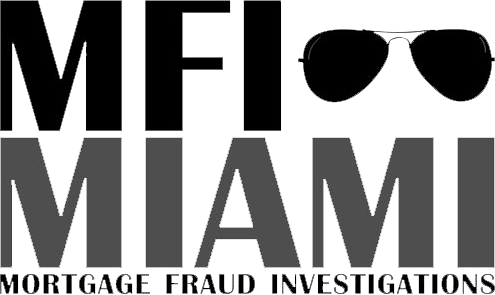What Is Dual Tracking in a Foreclosure? Am I A Victim Of It?
![]() In the past, servicers would proceed with foreclosures while telling the homeowners they were in the running for modifications. This is called Dual Tracking. Usually, the homeowner would end up with whichever was completed first. This was usually a foreclosure. That is, if the servicer was actually underwriting the modification.
In the past, servicers would proceed with foreclosures while telling the homeowners they were in the running for modifications. This is called Dual Tracking. Usually, the homeowner would end up with whichever was completed first. This was usually a foreclosure. That is, if the servicer was actually underwriting the modification.
Many times servicers would be lying to homeowners about process of their loan modification just so they could foreclose. As a result, Congress outlawed dual tracking under the Dodd-Frank Wall Street Reform and Consumer Protection Act of 2010 (Dodd-Frank).
Prior to that, only a handful of states like New York had laws making dual tracking illegal. Most states referred to it as a “Single Action Rule.” New York on the other hand, refers to it as “Pick Your Remedy”
Federal Law Restricts Dual Tracking in Foreclosures
![]() Dodd-Frank created other safe guards for consumers including the CFPB. The CFPB issued mortgage servicing rules that went into effect on January 10, 2014, after being codified into federal law. It among other things, created the rules prohibiting dual tracking.
Dodd-Frank created other safe guards for consumers including the CFPB. The CFPB issued mortgage servicing rules that went into effect on January 10, 2014, after being codified into federal law. It among other things, created the rules prohibiting dual tracking.
When Can A Foreclosure Start?
In most cases, a servicer can’t initiate a foreclosure until the borrower is more than 120 days delinquent on the mortgage. This period provides the borrower ample time to submit a loss mitigation or a loan modification application.
Also, the servicer can’t start the foreclosure process if a borrower submits a complete loss mitigation application. So, if you submit all of the required paperwork, the foreclosure can’t start until:
- the servicer informs you that you’re not eligible for any loss mitigation option.
- you reject the loss mitigation option that the servicer offers to you. Or,
- you accept a loss mitigation option but fail to comply with the terms of the deal. For example, if stop making payments during a trial modification.
When Can Foreclosure Proceed?
If you submit a complete loss mitigation application to your servicer after the foreclosure process has started but more than 37 days before a foreclosure sale, the servicer can’t conduct a foreclosure sale. However, a servicer generally doesn’t have to review multiple loss mitigation applications from you unless you bring the loan current after submitting one. (12 C.F.R. § 1024.41)
Need Help Or Have Questions?
Do you believe your servicer is dual tracking your foreclosure and your loss mitigation application? MFI-Miami can help. We work with some of the top rated lawyers in:
- Connecticut
- Florida
- Georgia
- Maryland
- Massachusetts
- Michigan
- New Jersey
- New York
- North Carolina
- Pennsylvania
- Washington D.C.
- Virginia
